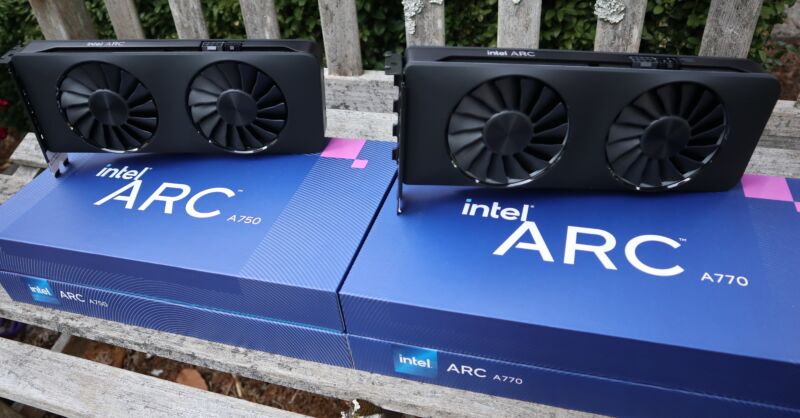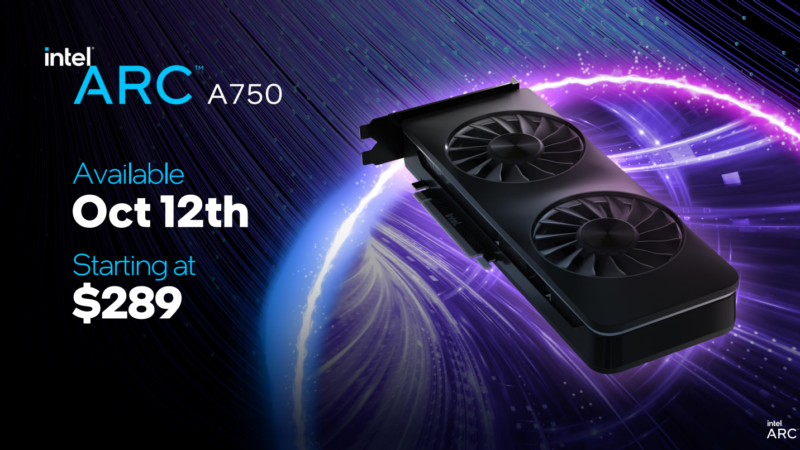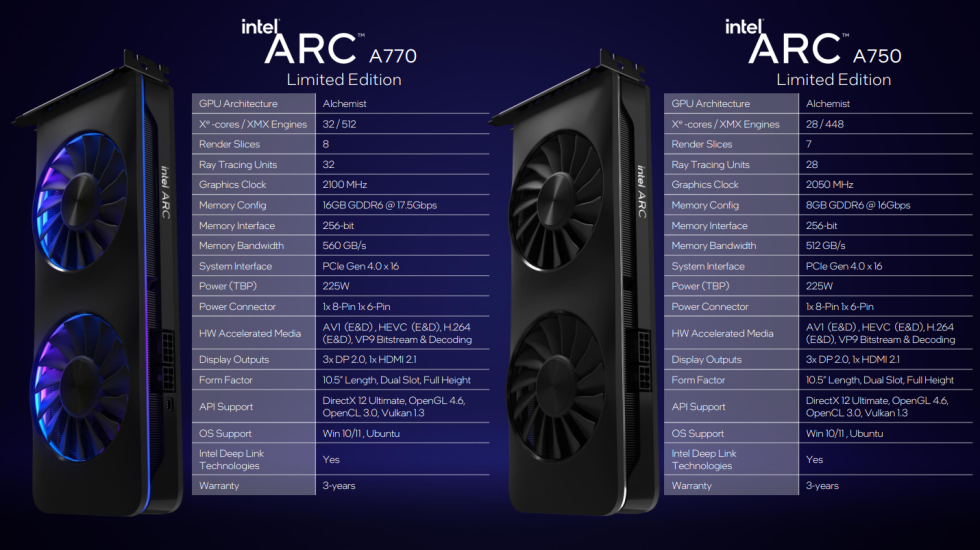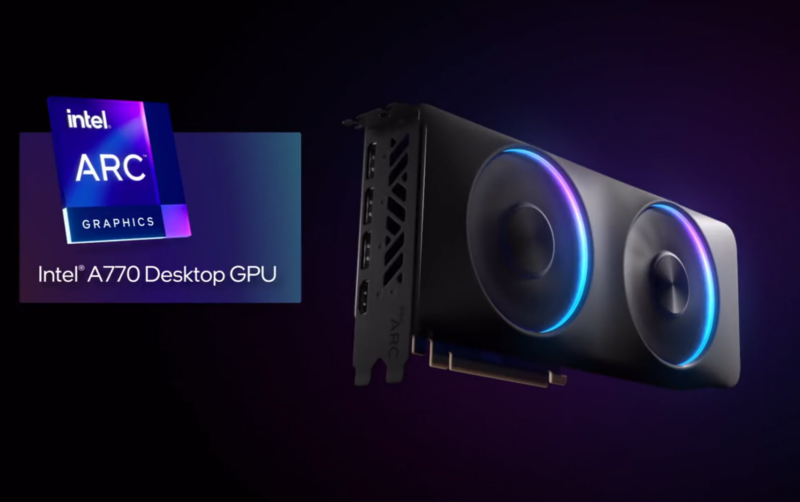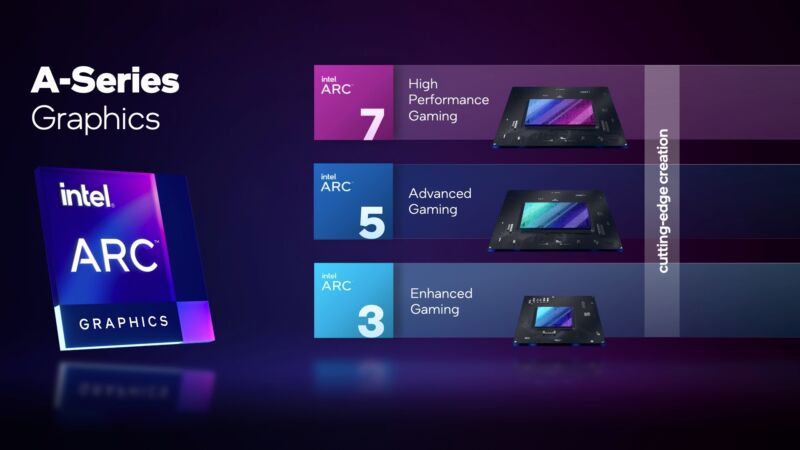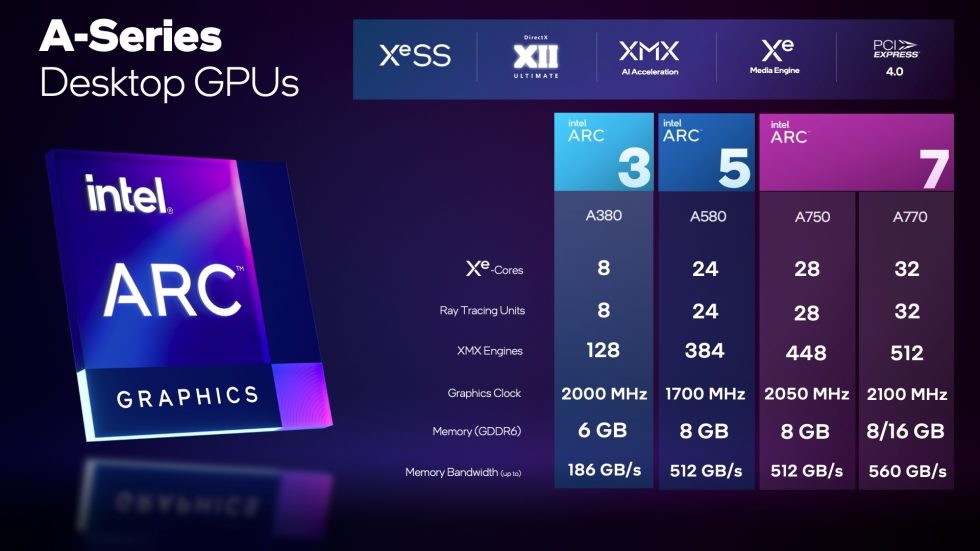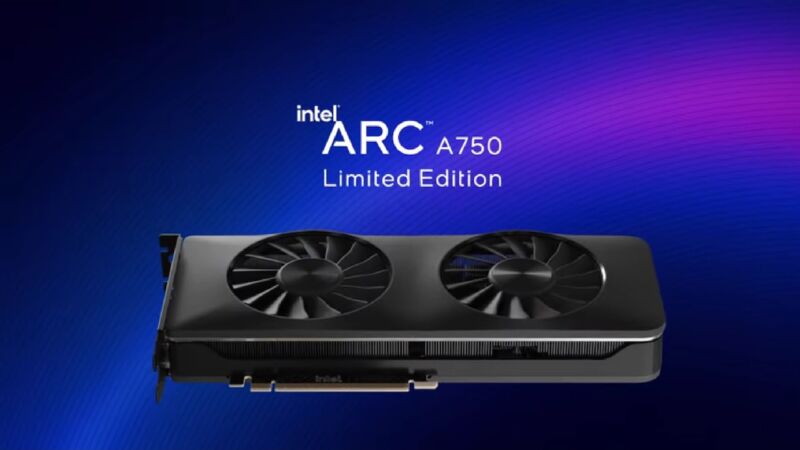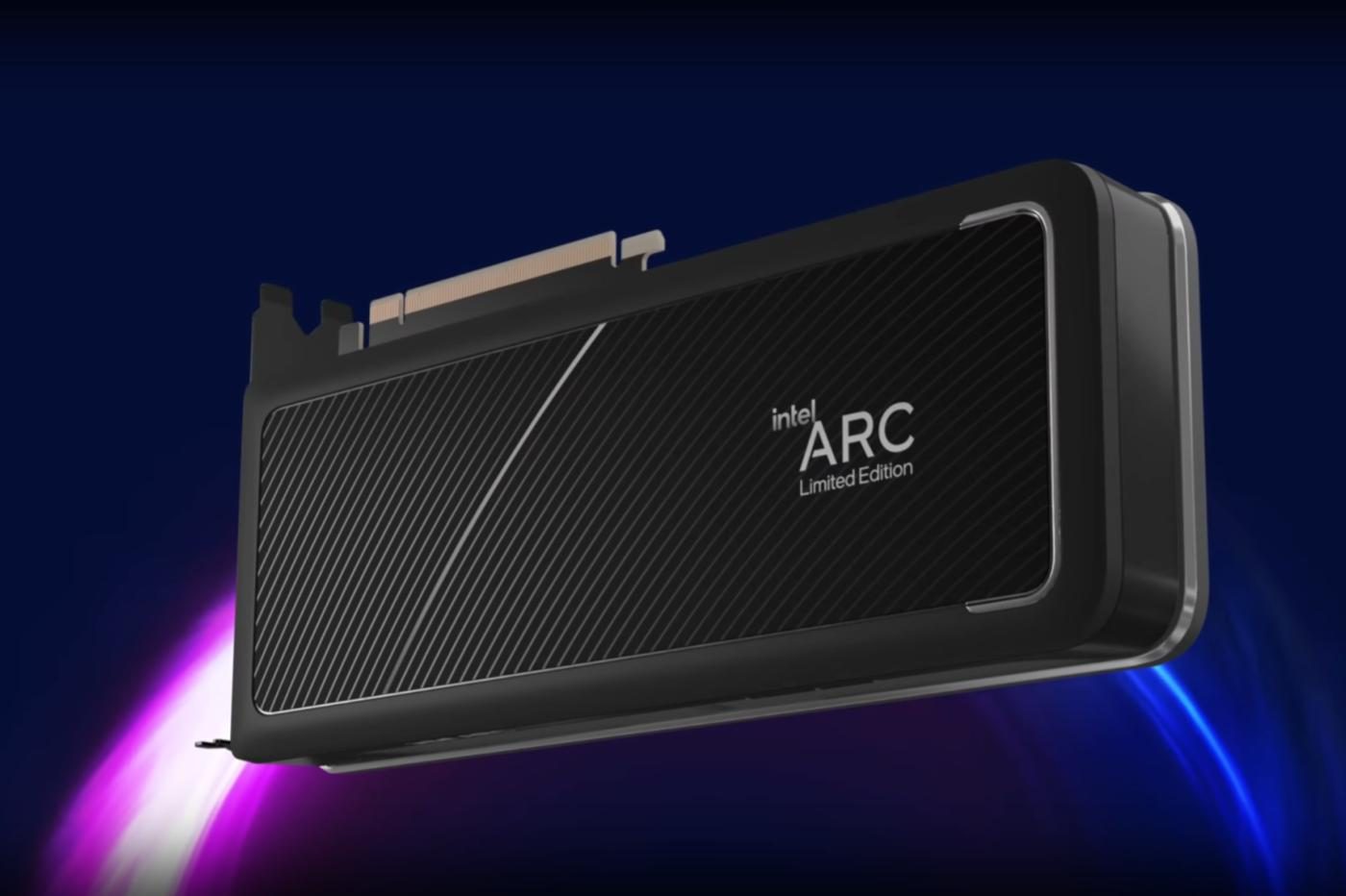-
 chevron_right
chevron_right
Intel details sort-of-annoying fix for high idle power consumption in Arc GPUs
news.movim.eu / ArsTechnica · Wednesday, 19 October, 2022 - 18:19 · 1 minute

Enlarge / Arc is Intel's attempt to shake up the GPU market. (credit: Intel)
Intel's Arc A750 and A770 GPUs were finally released earlier this month after years of teases, announcements, and delays , and the end result is a pair of GPUs that generally offer respectable performance for the price. But Intel's first true gaming-focused dedicated GPU architecture has also had lots of first-generation jitters, including glitchy drivers and performance issues in games that don't use modern DirectX 12 or Vulkan graphics APIs.
Another early issue may be idle power consumption—the amount of power these GPUs consume when they aren't being actively used or when they're only rendering your desktop. Intel published a troubleshooting article late last week that acknowledged that Arc desktop GPUs could suffer from "high idle power consumption," along with steps for remediating the issue.
Users will need to go into their PC's BIOS and configure a pair of advanced PCI Express power management settings—the "Native ASPM" (or Active State Power Management) setting should be enabled, and the "PCI Express root port ASPM" setting should be enabled and set to "L1 Substates." You'll also need to set the PCI Express Link State Power Management setting to "maximum power savings" in Windows' advanced power options settings.

